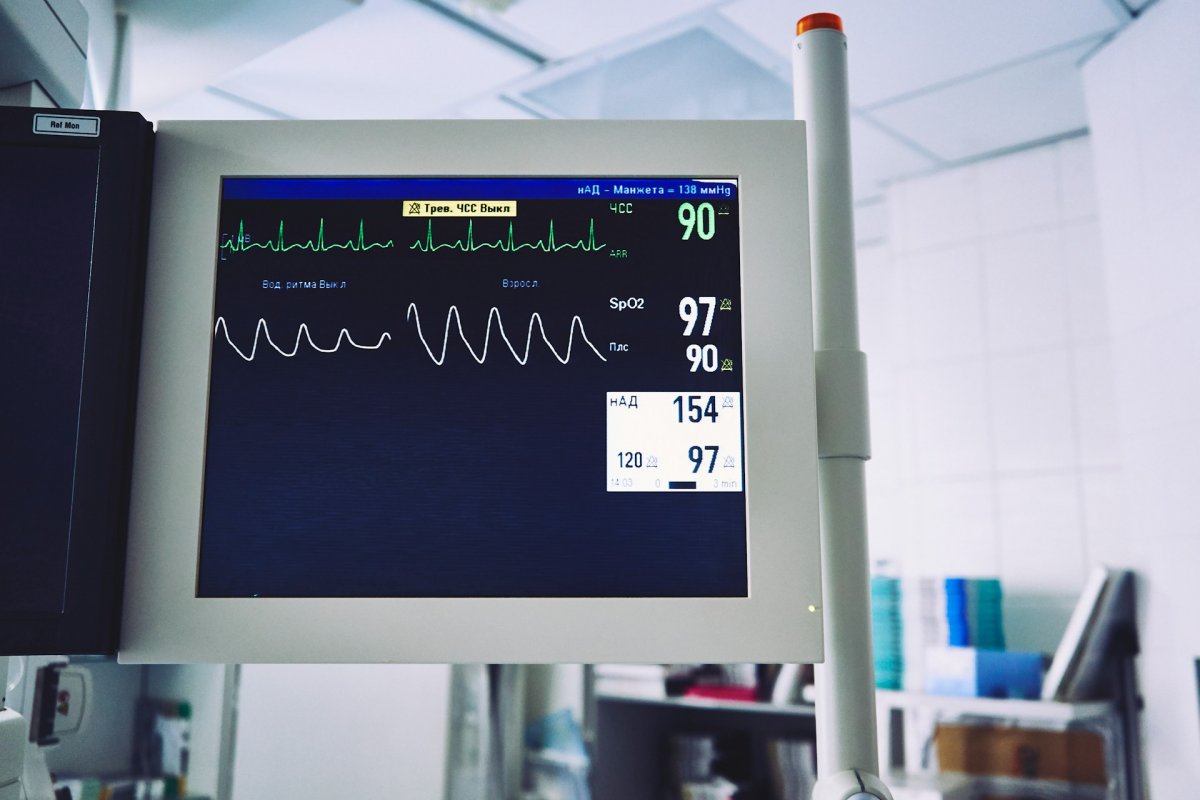
The main indicator of thromboembolic pulmonary hypertension, caused by increased pressure in the pulmonary arteries, is shortness of breath, notes a Russian cardiologist Denis Sokolov. A message about this appeared in RIAMO.
The specialist emphasizes that to diagnose the disease it is necessary to conduct an ECG, chest X-ray and CT. When examined by a doctor, patients also often experience cyanosis – a bluish tint of the skin and mucous membranes.
It is noted that with long-term progression of hypertension, deformation of the phalanges in the form of “drum sticks” is common.
“This disease has a complex origin, which makes its diagnosis and treatment difficult. Without timely detection and treatment, it can lead to serious complications. According to statistics, patients have no more than two to two and a half years to live without treatment. If the disease is detected late stages in 50% of cases it ends in death within five years after the onset of this type of hypertension,” the cardiologist sums up.
Cardiologist Oleg Varfolomeev spoke specifically for MedicForum about methods of combating pulmonary hypertension.
“The fight against pulmonary hypertension includes a wide range of methods and strategies aimed at reducing pressure in the pulmonary arteries and improving the patient’s quality of life,” says Varfolomeev.
Pharmacotherapy
The use of medications such as vasodilators, anticoagulants, PDE5 inhibitors and others to reduce pressure in the pulmonary vessels, improve blood circulation and symptomatic control.
Oxygen therapy
Patients with pulmonary hypertension may need supplemental oxygen to relieve shortness of breath and improve general condition.
Exercise therapy
“Particularly effective for patients with chronic disease. Exercise tailored to the patient's individual abilities can improve endurance and quality of life.”
Avoiding risk factors
This includes stopping smoking, avoiding second-hand smoke, controlling weight, regular physical activity and a healthy diet.
Surgical treatment
Surgery such as a lung transplant may be required for certain patients or heart, or surgical removal of blood clots.
Regular medical supervision
It is important to regularly visit your doctor to monitor your condition and the effectiveness of treatment, as well as to promptly identify and treat complications.
Psychological support
Psychological care and support may be important to manage the emotional stress associated with the disease and improve psychological well-being.
“Each patient with pulmonary hypertension may require an individualized approach to treatment, and effective management may be different depending on the severity, cause and other factors,” says Varfolomeev.
Earlier, MedicForum wrote about the reasons for changes in the level of leukocytes.
Important! Information is provided for reference purposes. Ask a specialist about contraindications and side effects and under no circumstances self-medicate. At the first signs of illness, consult a doctor.
